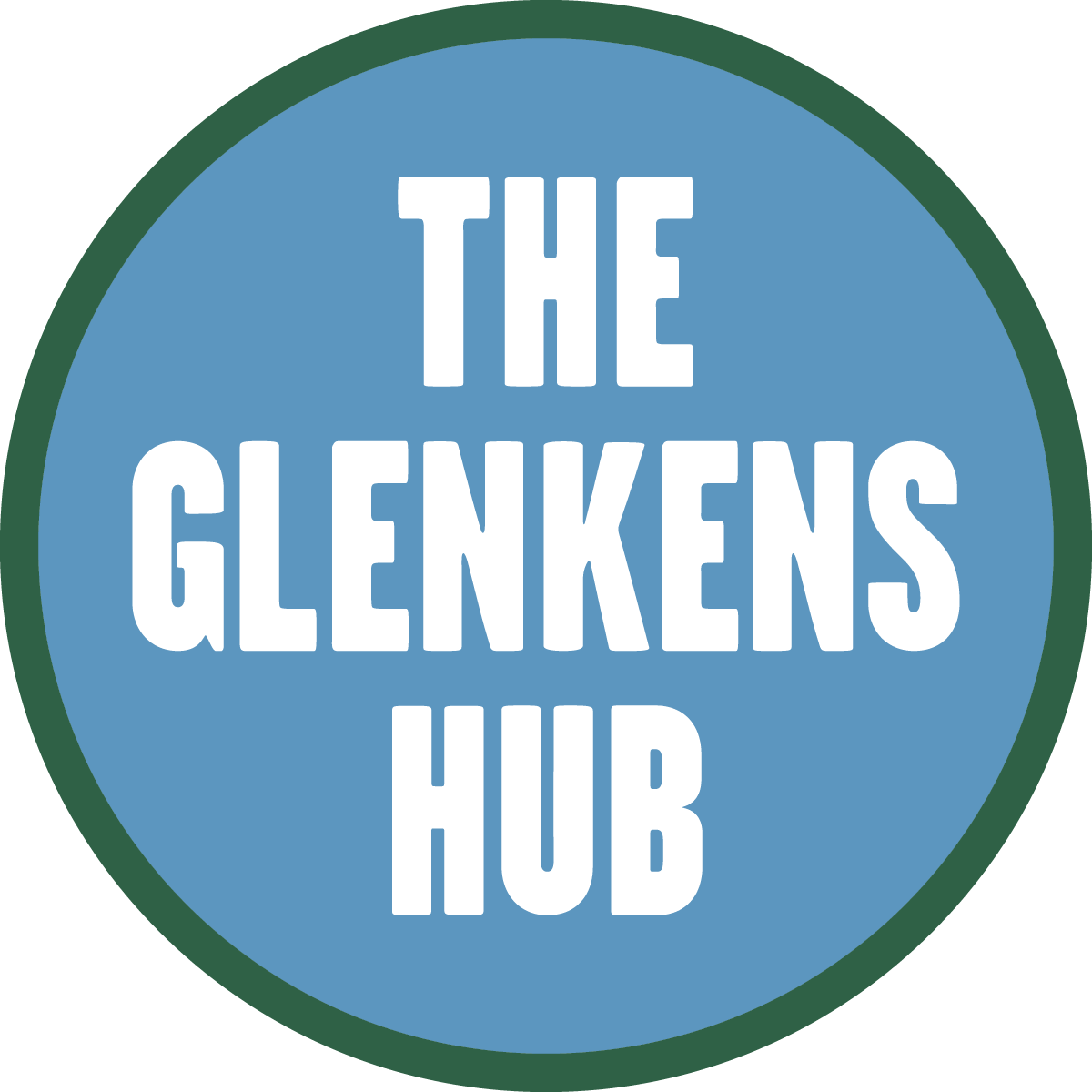Glenkens education: alternative ideas
I am writing this article after being deeply moved by reading 'Field Trip' in the February/March Edition of the Glenkens Gazette. Well done that Author, describing The Second Clearances, because that is what is happening; no school means be careful the post office, surgery, garage and arts centre next and then an oldie lonely community with just a few contractors coming in looking after the trees and wind farms.
Does a Dark Skies area much touted refer to a lack of physical light of an area or where depression is present? This is a dramatic description creative writing at its best of the decline of the rural community made manifest.
Henry Morris and Impington Village College -1939 - a Bauhaus co design. From the cover of 'Educator Extraordinary - The Life and Achievement of Henry Morris by Harry Ree Longman 1973.
It could be so different and the district has a special place in modern rural education history with the Kilquhanity School taking its place as ‘The Scottish Summerhill’, where the children helped with everything and learnt at the same time. Dalry is perhaps the smallest secondary school the UK which, for quiet schooling, can be such a good learning environment, for children in the countryside to have a local, well-funded (the education authorities can fundraise you know!), all-round education makes it a gem in the state school system and it should be given a badge of honour instead of facing the threat of closure.
What could happen to Dalry instead of closure?
One hundred years ago Henry Morris, the Chief Education Officer of Cambridgeshire, published his Memorandum which described a cradle-to-grave rural education approach, which became known as The Village College. Here primary, secondary and adult education took place where the local community supported the school and the school supported the community. Fine, light-filled buildings were erected with original artworks on the walls and workshops for engineering training and land skills along with libraries, evening classes, cinema and dances, all under one roof and all financed by charitable trusts and local businesses (I hope you are reading Mr Forestry Owner and Mr Wind Farm Contractor!). They have been a great success giving people in the countryside brilliant education without the horrific travel times to the far off town.
Nearer to home, not far from South West Scotland, there is a very good example of rural education at the John Ruskin School, Coniston, Cumbria which has built a reputation as a community rural school even taking pupils from the nearby urban areas who are better off away from the tendency for gangland environments. It has been hugely successful as a school which has specialised with support for children with autism and a nature-and-nurture approach, especially important since the pandemic. (That travel fund which has some money left over, D&G Education Secretary, you can take interested parties and go and have a look!).
The Galloway Hills teeters on the edge of The Second Clearances, but it's surely not too late. It's just so unfair that a child from Carsphairn sits on a bus for an hour or more when the alternatives are so possible in an area where rural education has had such a remarkable story to tell.
You can find videos and information on The Village College: The Life and Legacy of Henry Morris, Life at The Kilquhanity School, and The John Ruskin School at Coniston on YouTube and other sites for anyone interested.
VG


